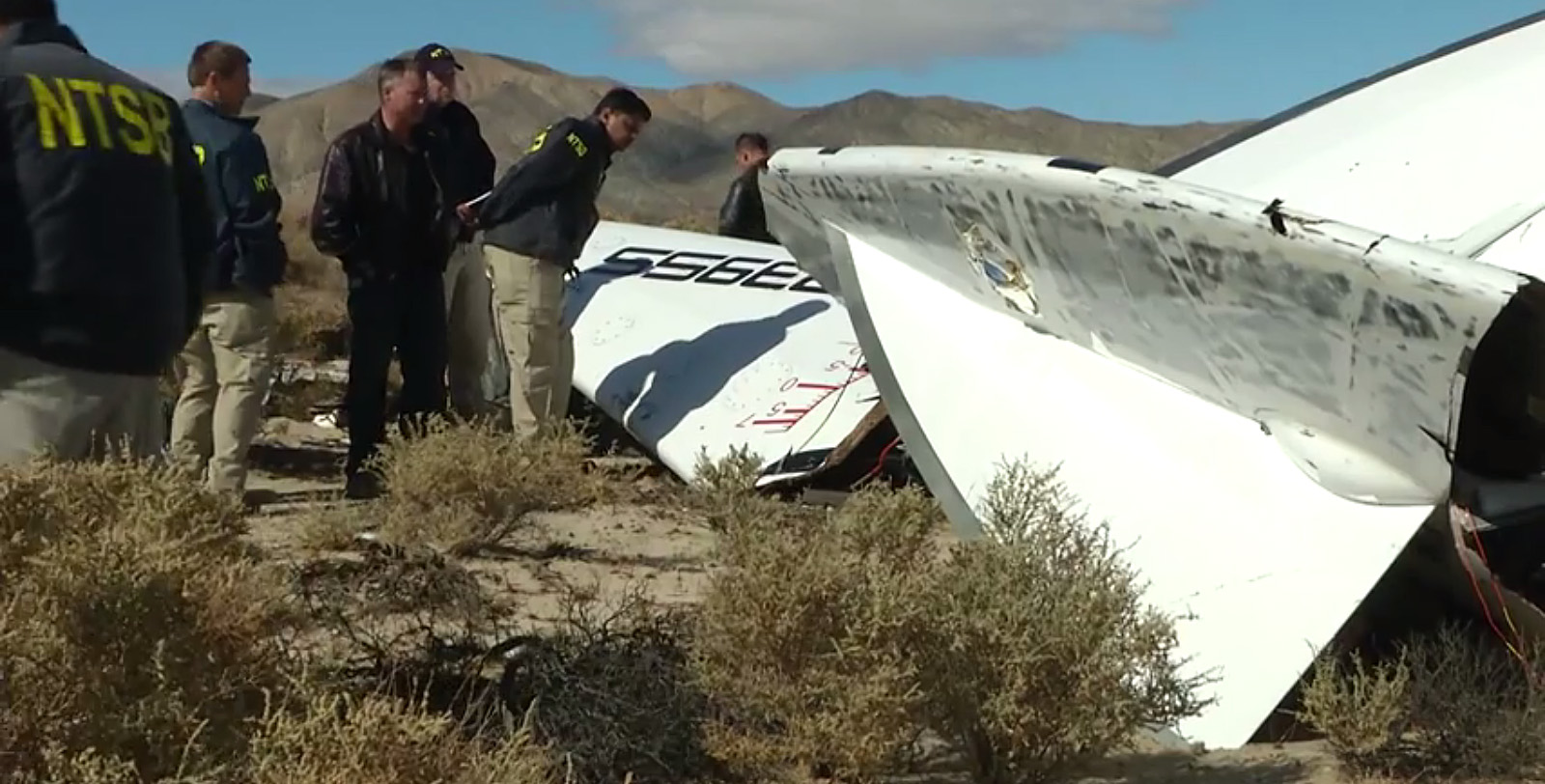
The commercial spaceflight industry is working hard to pick up the pieces after two failures, one resulting in death, within the past week. The crash of Virgin Galactic’s SpaceShipTwo occurred three days after an Antares rocket exploded at NASA’s Wallops Flight Facility in Virginia, and the short time between the explosion and the crash caused uproar in the media; especially since the private commercial space industry was already in the spotlight. The death of pilot Michael Alsbury and injuries to pilot Pete Siebold brought up an age-old concern regarding the safety of commercial spaceflight.
On Friday, Oct. 31, 2014, SpaceShipTwo experienced a sudden and unexpected anomaly resulting in vehicle failure. Peter Siebold, 43, and co-pilot Mike Alsbury, 39, piloted the powered test flight that led to the fatal crash. The rocket plane seemed to break up mid-air before falling to the ground in California’s Mojave Desert.
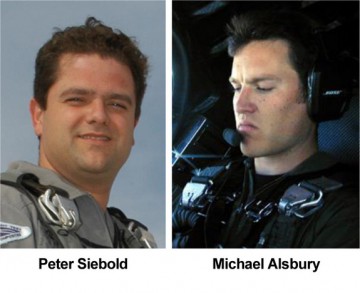
“Mike was an accomplished test pilot and had worked for Scaled Composites for 13 years. Beyond his skills as a pilot – including 1600 hours of flight time in research aircraft built by his colleagues at Scaled – Mike was a dear friend and inspiring colleague to the many many friends he left behind,” said Richard Branson in a statement released by the company earlier this week. “My heart goes out to his parents, his wife and children, his sister and the rest of his family and friends.
“I do have the privilege of knowing Pete Siebold, Scaled’s injured test pilot,” added Branson. “Pete is Scaled’s director of flight operations and among the incredibly dedicated and talented team helping to realize so many people’s dreams of reaching space. We all wish him a speedy recovery.”
The reason behind the failure is still unknown, however, a statement released by Virgin Galactic explains key information surrounding the tragedy. They have been working closely with the National Transportation Safety Board (NTSB) that is in charge of the investigation.
The on-scene portion of the investigation will conclude and be continued offsite, according to NTSB Acting Chairman Christopher A. Hart, as stated in his fourth and final media briefing. The investigation can continue for several months with analysis taking as long as 12 months.
Hart gave a brief description of the timeline of events:
- 10:07:19 — Release from the mother ship (WhiteKnightTwo)
- 10:07:21 — Engines start
- 10:07:29 — Showing preliminary .94 Mach
- 10:07:31 — Showing 1.02 Mach with telemetry showing feather went from locked to unlocked, soon after the feather began to deploy
- 10:07:34 — Telemetry and video data lost
More and more details continue to emerge about the fatal crash of SpaceShipTwo. Information regarding the engines and rocket propulsion fuel tanks—with no signs of burn through or mid-air explosion—dismiss any speculation that the accident was due to the engine or the fuel.
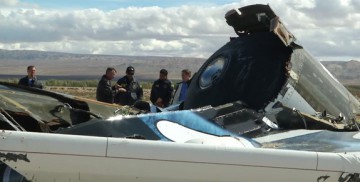
Upon evaluating details regarding SpaceShipTwo’s feathering mechanism, the NTSB found evidence that the lock/unlock lever was pulled too early based on the recorded speed at that time. In a statement released by Virgin Galactic on Nov. 4, 2014, the NTSB “suggested that subsequent aerodynamic forces then deployed the feathering mechanism, which resulted in the in-flight separation of the wings and vehicle.”
Virgin Galactic is the world’s first commercial sub-orbital “spaceline,” with a unique vision to give paying customers the opportunity to view our home planet from near low-Earth orbit. According to a Virgin Galactic fact sheet, the company is in the test phase of a new reusable space system making access to space inexpensive and reliable.
The objective is to “provide affordable and safe launch opportunities for astronauts and research payloads, and is also developing a new vehicle to carry small satellites into orbit.”
On Sept. 8, 2014, NASA selected Virgin Galactic, as well as three other companies, to provide commercial suborbital flight services for the testing of new technologies near the boundary of space. The selected companies will receive an “indefinite- delivery, indefinite-quantity contract for integration and flight services.” The contracts are three years long and have two-year extension options valuing a minimum of $100,000. The Flight Opportunities Program is part of NASA’s Space Technology Mission Directorate. There is no information regarding any details of NASA’s plans to continue using Virgin Galactic as part of this program.
SpaceShipTwo:
SpaceShipTwo (SS2) is the company’s reusable spaceplane. It is designed for commercial service rather than concept demonstration like the former SpaceShipOne. It is capable of holding two pilots and up to six passengers, or an equivalent amount of research experiments and cargo. It has a wingspan of 42 feet and 60 feet in length. It has a tail height of 18 feet with the feather down.
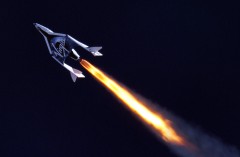
The cabin inside SS2 is nearly the size of a Falcon 900 executive jet. It has large windows positions throughout the vehicle for passenger’s maximum viewing pleasure. It will also encompass reclining seats for maximum cabin space in zero-g and comfort when re-entering the atmosphere. Its propulsion system relies on a controllable hybrid rocket motor using benign fuel and oxidizer, which can be shut down at any time during boost phase of flight. It should also be noted that after release from the carrier aircraft, the rocket motor is engages for ascent to space. SS2’s re-entry and landing are without propulsion.
SS2 has a total independent flight time around 30 minutes, including captive carry by its mother ship, WhiteKnightTwo, for around two hours. G-forces experienced on SS2 are at a total of 6G at Max gx (front to back) and a total of 3.5 g at Max gz (head to toe.) The spaceplane is able to go supersonic within eight seconds of rocket ignition, reaching a maximum velocity of around Mach 3.5.
SS2 has had a total number of 55 flights, including three rocket-powered supersonic flights as of Oct. 30, 2014. The vehicle had its first feathered flight on May 4, 2011.
WhiteKnightTwo:
WhiteKnightTwo (WK2) is the carrier aircraft for SpaceShipTwo. It is the largest carbon composite carrier aircraft in service. It is designed by Scaled Composites and will be manufactured by Virgin Galactic’s The Spaceship Company (TSC) in the future. It also serves as the training vehicle for SS2 spaceflight and has a unique high-altitude lift aircraft potentially suitable for various payloads.
WK2 has a wingspan of 140 feet and is around 78 feet in length. Its tail height reaches a maximum of 25 feet. It is constructed with twin boom/fuselage construction and uses high-efficient turbo fan jet engines.
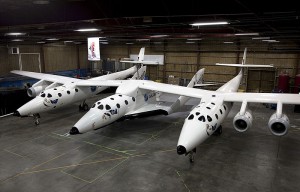
Total flight time of WK2 is approximately two hours, and 60 minutes between takeoff to SS2 release. The mother ship releases SS2 at approximately 50,000 feet.
It has undergone 172 flights as of Oct. 30, 2014. The WK2 test flight program is “substantially complete,” including high-altitude and long-duration tests. WhiteKnightTwo celebrated its first flight on Dec. 21, 2008.
Information as to what led to the fatal death of Scaled Composites pilot Mike Alsbury, and the survival of pilot Pete Siebold, has not been released yet. In a Scaled Composites press release, Siebold, who is also the company’s Director of Flight Operations, is reportedly alert and conversing with family and doctors.
Virgin Galactic is determined to move forward with their endeavors and will continue building the second SpaceShipTwo that is currently about 65 percent complete.
Check back regularly for updates as the investigation continues.
Want to keep up-to-date with all things space? Be sure to “Like” AmericaSpace on Facebook and follow us on Twitter: @AmericaSpace




I need some help understanding this…The NTSB says it will take up to a year to finish investigation yet VG says they will resume test flights in summer of 2015 with a new craft under production now that is 65% complete…If the NTSB shows design flaws will VG be able to go back and change systems? Shouldn’t they just wait until the investigation is done?